Signature "Ichiryûsai Hiroshige Ga" lower left, posthumous edition by Utagawa Hiroshige (1797-1858) with the publisher's stamp below.
Early 20th century period.
Dimensions with frame: H 35 x L 48 cm, at sight: H 23.55 x L 36.5 cm
The Atsuta shrine
The Atsuta Shinto shrine housed an imperial treasure: the sacred sword, which legend attributes to a hero's act of bravery. Many pilgrims came to pray in this temple, increasing the prosperity of the Miya relay each year. Hiroshige evokes in this print a traditional festival bringing together in June the protagonists, men and horses, of a chariot race ready to cross the temple enclosure.
The technique
Japanese prints were made using the technique of wood engraving, xylography. The engraver used a wooden plate and dug around the image. He then cut out all the parts he wanted to leave blank on the paper. Thus, only the patterns to be printed appeared in relief. Finally, he printed on paper using a baren which he applied to the back of the print by pressing on the wooden plate.
























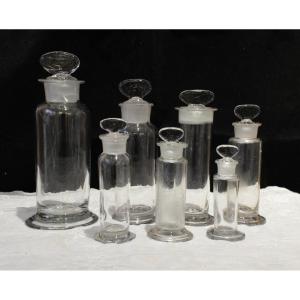


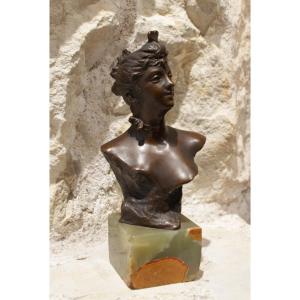



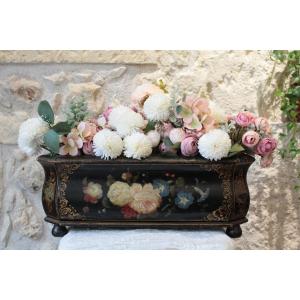


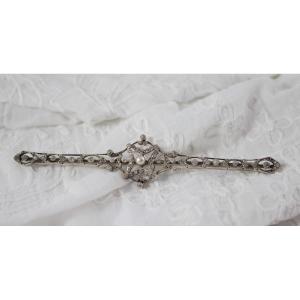

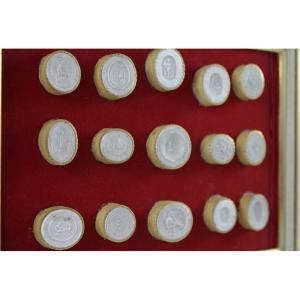



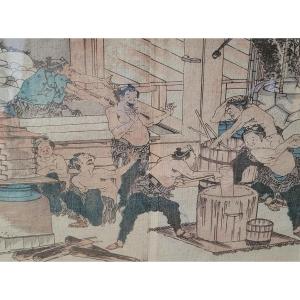





 Le Magazine de PROANTIC
Le Magazine de PROANTIC TRÉSORS Magazine
TRÉSORS Magazine Rivista Artiquariato
Rivista Artiquariato